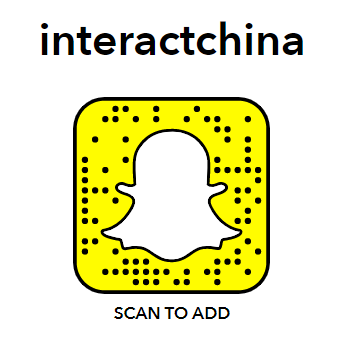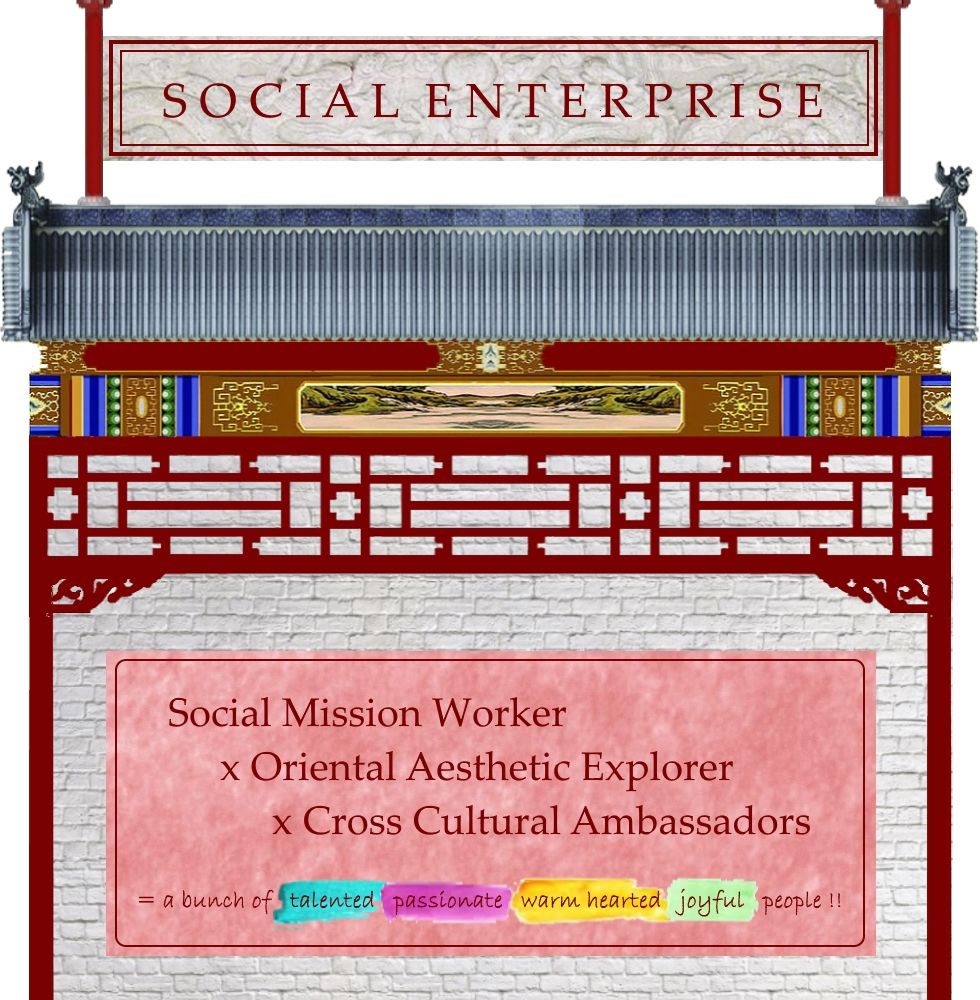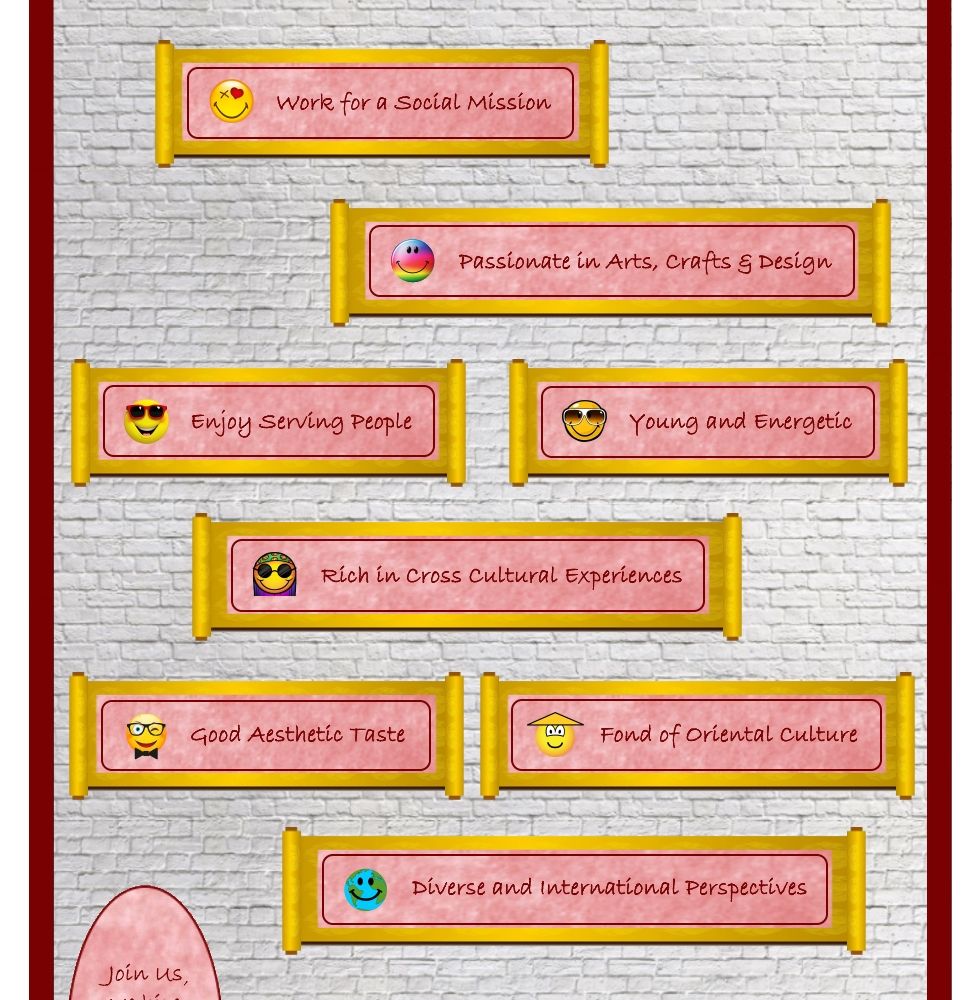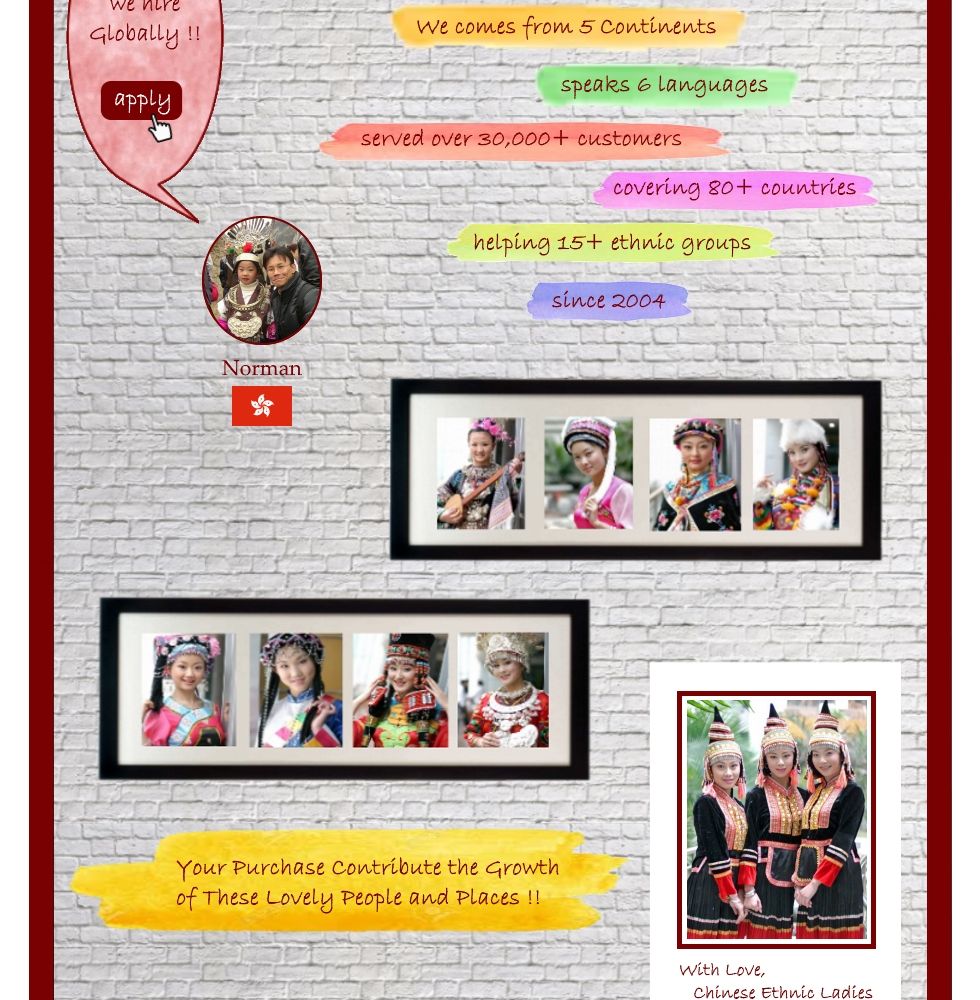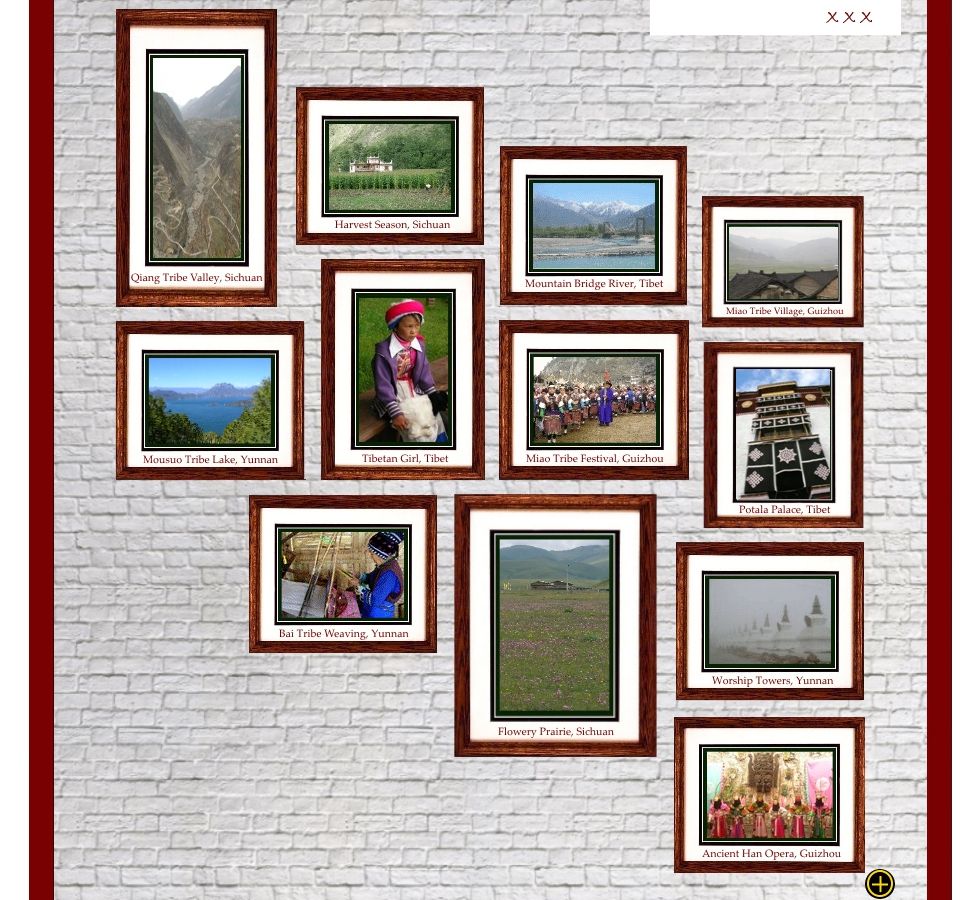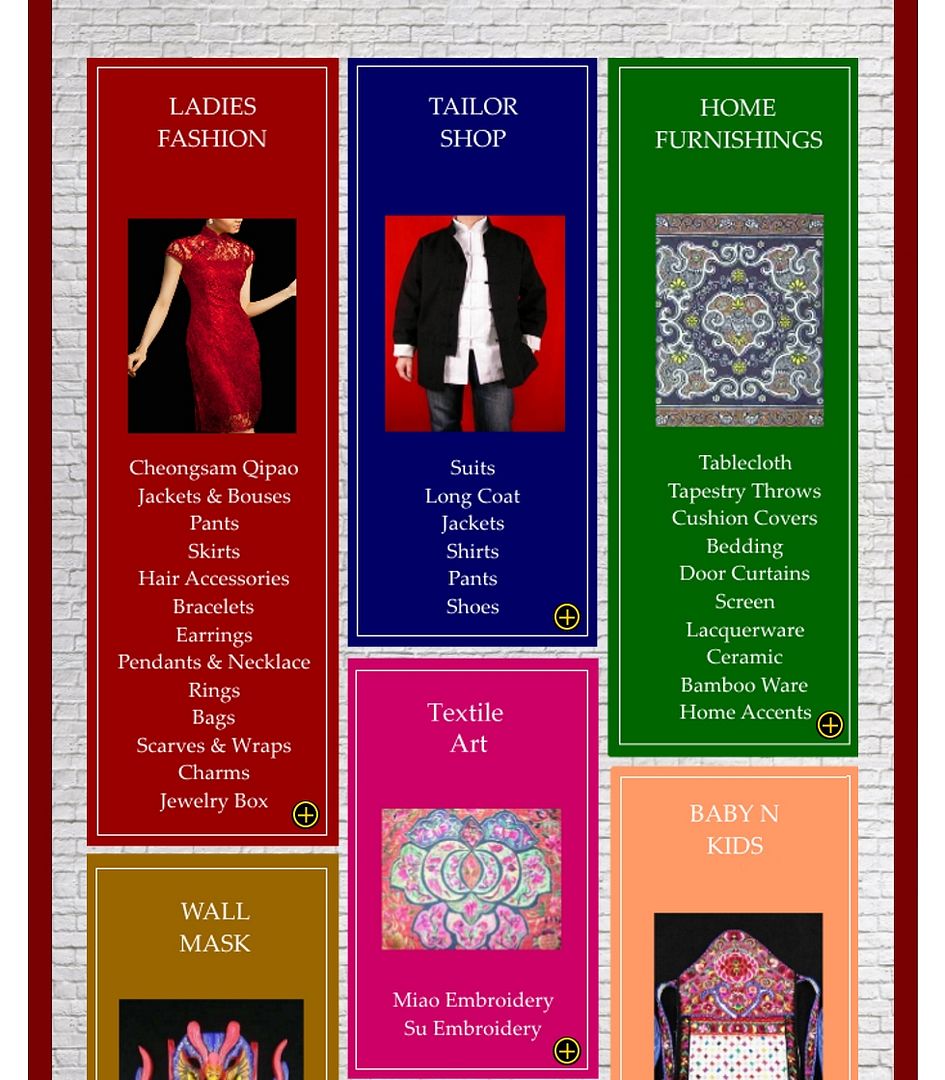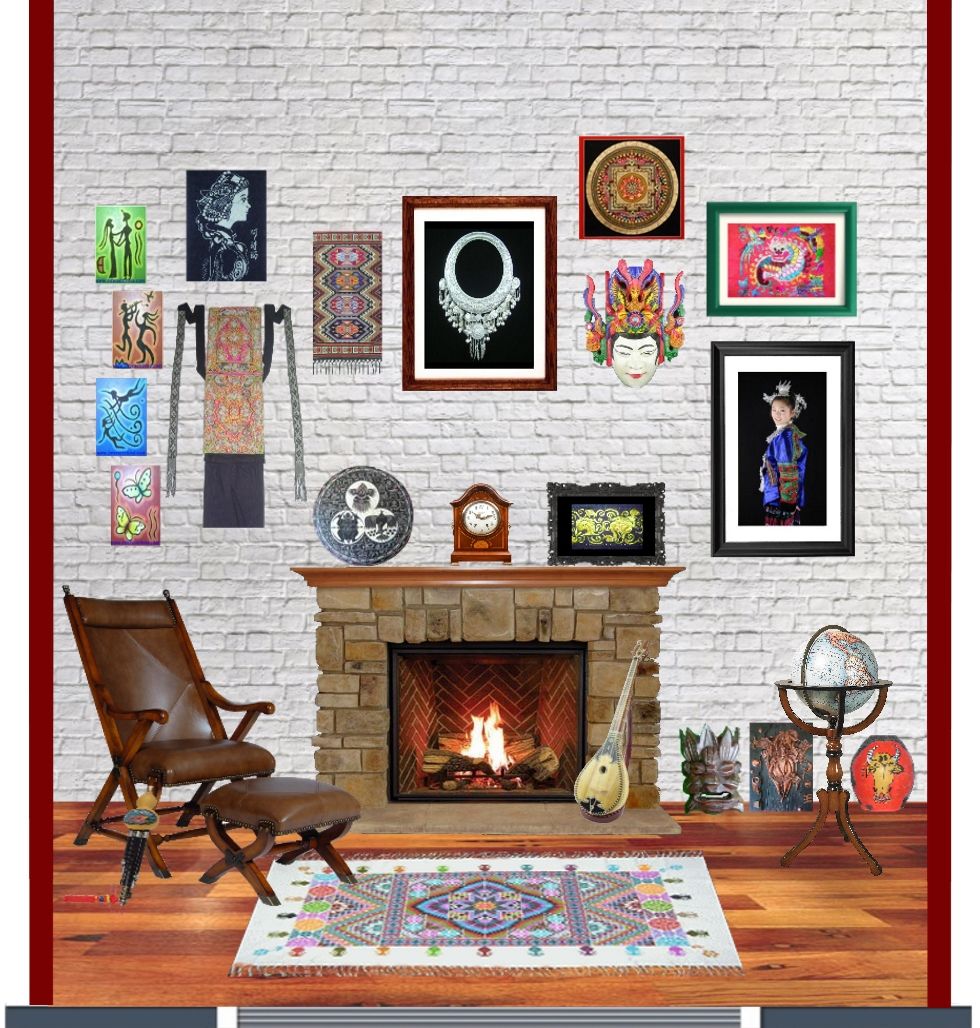Batik China’s Most Ancient Dyeing
8th Jun 2017
 Batik also known as wax printing, has been appreciated as one of the most ancient handwork of Chinese civilization since the foundation of dyeing and weaving technology in China. It is a traditional Chinese folk art which combines painting and dyeing.
Batik also known as wax printing, has been appreciated as one of the most ancient handwork of Chinese civilization since the foundation of dyeing and weaving technology in China. It is a traditional Chinese folk art which combines painting and dyeing.
The History of Batik
 Evidence of early examples of batik has been found in the Far East, Middle East, Central Asia and India from over 2000 years ago. It is conceivable that these areas developed independently, without the influence from trade or cultural exchanges. However, it is more likely that the craft spread from Asia to the islands of the Malay Archipelago and west to the Middle East through the caravan route.
Evidence of early examples of batik has been found in the Far East, Middle East, Central Asia and India from over 2000 years ago. It is conceivable that these areas developed independently, without the influence from trade or cultural exchanges. However, it is more likely that the craft spread from Asia to the islands of the Malay Archipelago and west to the Middle East through the caravan route.
The history of China batik can be traced back to the Western Han Dynasty (206 BC – 24 AD). Batik used to be popular both in Central and Southwest China. It is a sort of age-old traditional folk handicraft for fabric printing and dyeing. It was named together with tie dyeing and stencil printing as “Three Major Printing Crafts in Ancient China”. Somehow the batik technique was lost in Central China, but it has been handed down among the ethnic people in Southwest China. There the Miao, Gejia and Buyi are highly skilled at batik. Girls start to learn from the age of 6 or 7, and continue to practice throughout their lives.
Batik in Widespread Use
Featuring rich patterns, elegant color and peculiar style, wax printed cloth is used to make costumes, beddings and home décor with primitive, novel, eye-catching and ethnic characteristics. By now, it has served as an indispensable art in the life of women in these ethnic regions. Handkerchiefs, belly bands, clothes, skirts and leg wrappings worn by these ethnic groups are unexceptionally made by batik. Now, not only is batik used as a clothing fabric, it also used as wall hangings, tablecloths and household decoration.


Batik Features
Batik prevalent in different ethnic tribes in Guizhou province is provided with diversified features. For instance, wax printed patterns prevailing in the Miao Hmongethnic tribe are of bronze drum patterns passed down from ancient times. In contrast, geometrical patterns are popular among Buyi ethnic tribe.
Batik-Making
To produce this beautiful artwork, artist needs to place the wax on cotton cloth by using a specifically made wax knife for the desired pattern, and then to dye the cloth for the color, followed by melting the wax.
Having been handed down from generation to generation in ethnic regions in Southwest China, the art of batik printing has been endowed with peculiar artistic style and extended to global market and displayed the unique enchantment of Chinese art.
by Xiao Xiao @ InteractChina.com
About Interact China
-----------------------------------------------------------------------------------------------------------------------------
"A Social Enterprise in E-commerce Promoting Oriental Aesthetic Worldwide"
Aileen & Norman co-founded Interact China in 2004 with specialization in fine Oriental Aesthetic products handmade by ethnic minorities & Han Chinese. Having direct partnerships with artisans, designers, craft masters and tailors, along with 10 years solid experience in e-commerce via InteractChina.com, we position well to bridge talented artisans in the East with the rest of the world, and bring you direct finely selected products that are of good quality and aesthetic taste.
So far we carry 3000+ goods covering Ladies Fashion, Kungfu Clothing, Home Furnishings, Babies & Kids, Painting Arts, Textile Arts, Carving Arts, Tribal Jewelry Art, Wall Masks and Musical Instruments. Our team speak English, French, German, Spanish and Italian, and serve customers worldwide with passion and hearts.
-----------------------------------------------------------------------------------------------------------------------------
P.S. We Need People with Similar Passion to Join Our Blogging Team!
If you have passion to write about Oriental Aesthetic in Fashion, Home Decor, Art & Crafts, Culture, Music, Books, and Charity, please contact us at bloggers@interactchina.com, we would love to hear from you!






